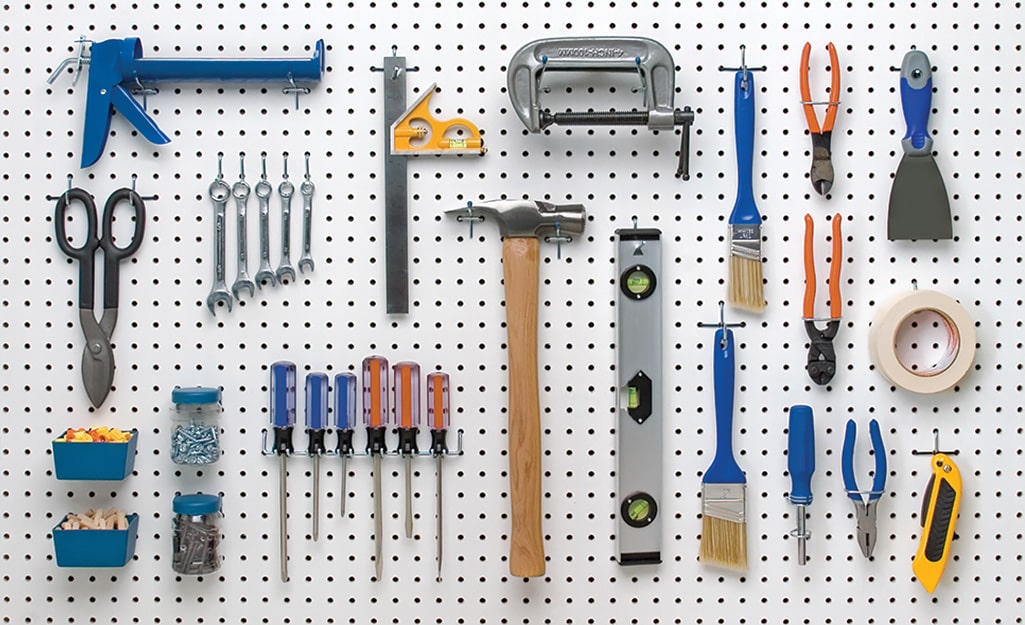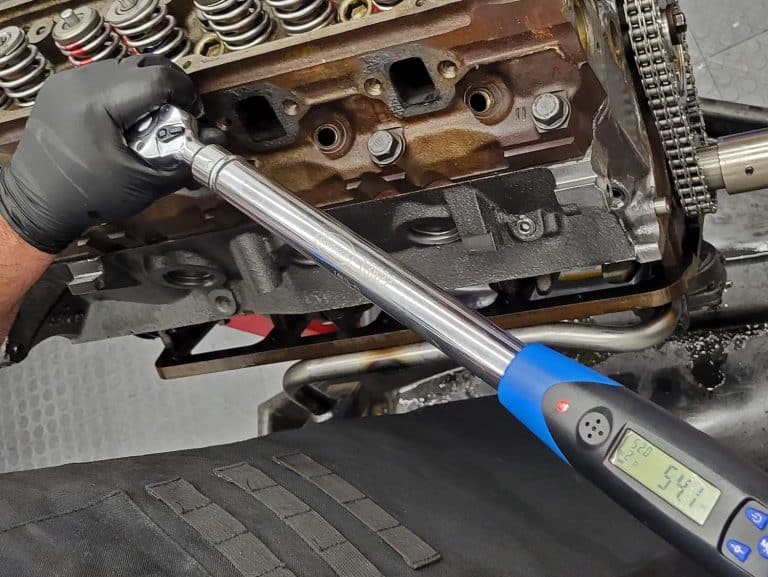You might finish a project with your favorite power tools, but when you go to use them again, they are rusty or broken. Proper storage is not just about keeping things neat; it is also important for keeping your expensive equipment working well and lasting a long time.
As you navigate through 2024, understanding the best practices for storing power tools can ensure they remain in optimal condition for years to come. In this blog, you will uncover essential tips for storing your power tools effectively.
1. Choose the Right Area
When storing your power tools, it’s important to choose the right area to keep them safe and in good condition. Select a dry, well-ventilated space to prevent rust and corrosion. Avoid storing tools in areas prone to dampness, like basements, or places with extreme temperatures.
A clean garage or workshop with controlled humidity levels is often ideal. Keeping your tools in the right environment helps preserve their functionality and extends their lifespan.
2. Position Tools on a Pegboard
Organizing your power tools on a pegboard is a practical way to keep them accessible and organized. Mount a pegboard on a wall near your workbench or workspace. Use hooks or pegs designed for different tool types—like drills, saws, and sanders—to hang them securely.
This method not only saves space but also prevents damage that can occur when tools are stacked or stored haphazardly. It also makes it easy to see and grab the tool you need quickly during projects
3. Designate Drawers
To store smaller power tools and their parts, use tool chests or drawers with compartments. Sort tools by type or purpose to find what you need quickly. To keep things separate and organized, label drawers or use dividers. Store batteries, chargers, and tool attachments in designated compartments to avoid misplacement and maintain their condition.
4. Stow Away Seasonal Tools
If you have seasonal power tools, such as snow blowers or leaf blowers, store them properly when not in use. Clean these tools thoroughly to remove debris and moisture that can cause rust.
Use covers or storage bags to protect them from dust and scratches. Store seasonal tools in a designated area separate from year-round tools to optimize space and organization.
5. Prioritize Climate Control
Maintain a stable climate in your storage area to protect your power tools. Extreme temperatures and humidity can damage tools and batteries.
Use dehumidifiers or air conditioners to control humidity levels, especially in humid climates. Avoid storing tools near windows or doors where they may be exposed to direct sunlight or drafts.
Adopt Proper Storage Practices for Your Power Tools
Maintaining proper storage practices for your power tools is essential to ensure their longevity and performance. By following these guidelines, you can protect your tools from damage and ensure they’re ready for use whenever needed.
For more insights and specific recommendations, visit RYOBI Australia to discover additional tips on how to adopt proper storage practices tailored to your tools and workspace.










